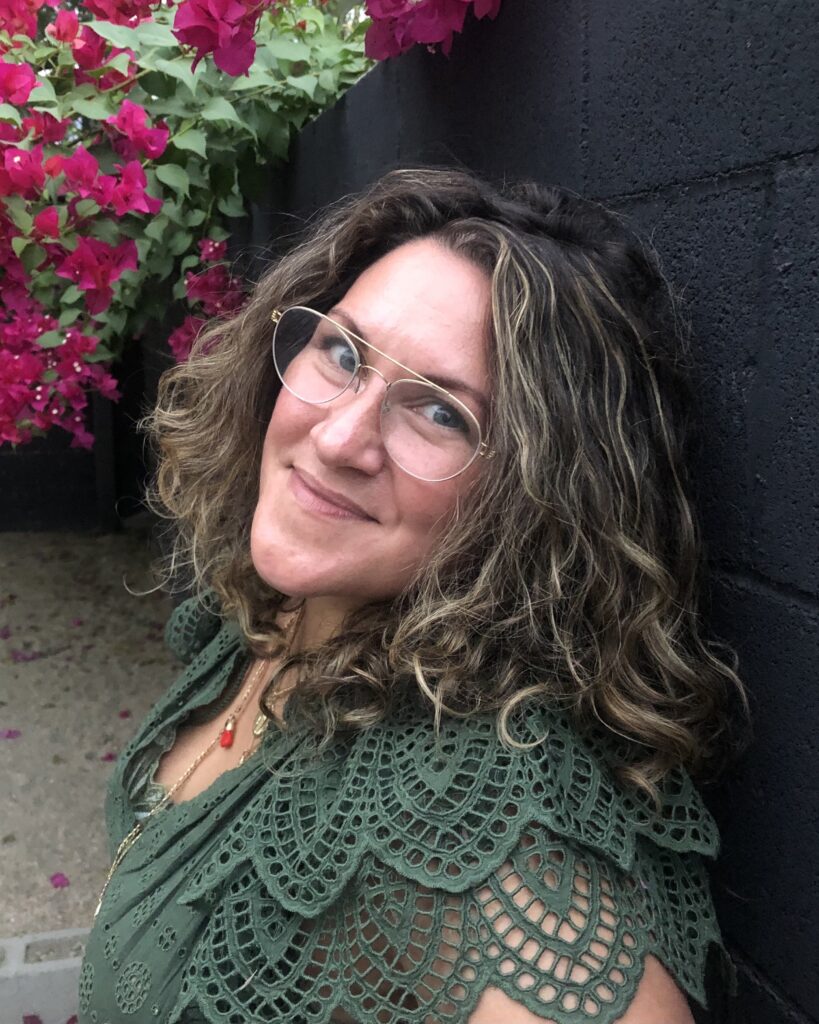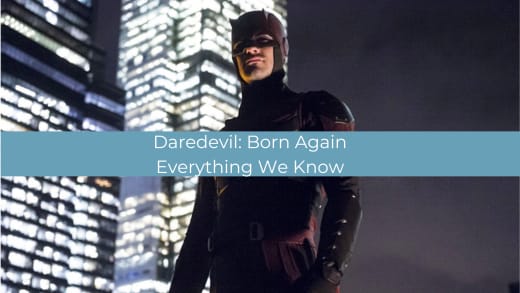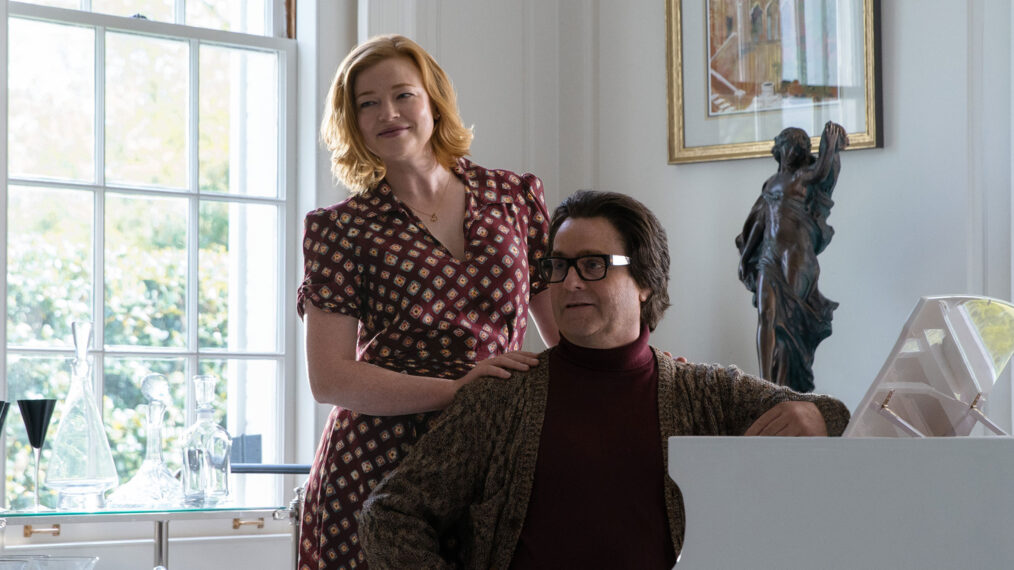Xochitl Gonzalez’s sophomore novel, Anita de Monte Laughs Last, draws from the life and work of performance artist Ana Mendieta, fictionalized as the book’s titular character, who was murdered by her husband (and fellow artist) Carl Andre in 1985. Interweaving Anita’s story with that of an Ivy League art history student named Raquel, set 10 years later, Gonzalez examines the intersecting, and often opposing, forces of race, power, and art. I talked with Gonzalez about Mendieta’s legacy, her own complicated experience at an Ivy League university, and drawing art from life.
Liv Albright: What initially drew you to Ana Mendieta’s story?
Xochitl Gonzalez: Like Raquel, I was an art history student at Brown in the late 90s. We were still fighting for ethnic studies as a course of study. So to say that the art history department was still very much rooted in the white Western canon is an understatement. But I loved art history as a way of understanding the world, and I threw myself into it. It was a very socially segregated place, and everybody knew that. I was the art girl of the BIPOC world, and I did visual art myself. And so, my last year, one of my friends gave me this book on Caribbean art history and Ana Mendieta was in there. We weren’t going to learn our histories in school, so we had to tell each other our histories. Ana’s story was just one of those stories. It was part of our personal art historical canon.
If you look at my transcript, it’s absurd how many art history classes I took, and I just remember never seeing anything about anybody that looked like me. I think I found myself wondering, “What would art now look like had we known Ana Mendieta, had she not been pushed aside and for convenience of this man?” And then from there, the first thing that came to me is that it’s a story about these two women, Raquel and Anita, and these parallel storylines.

LA: Why did you feel called to explore Mendieta’s story in the context of fiction? I appreciated how you returned some agency to Anita in the afterlife, where she haunts her murderer husband.
XG: The only reason I was interested in the story was to give her agency. I was tired of always seeing her and her artwork framed in victimization. And I imagine that she wouldn’t like that either. And I was like, “What if she just was lonely?” And then, with that in mind, I went to Cuba after living in Iowa. I would think about her so often walking around Iowa when I was getting my MFA and just being like, “How the fuck were you here 50 years ago? [Mendieta grew up in Iowa and attended Iowa University from 1969 to 1977.] Without speaking very much English at all, you were just a kid, put in this foster family.” And I just imagined what that would be like.
And when I was teaching undergrads there, many years later, and I would still talk to my Latino students, some of them were immigrants or kids of immigrants, and it still wasn’t that easy, to be honest. And I thought to myself, “That is also part of who she is and part of what shaped her.” I think there’s this trope of immigrants always being like, “I’m so happy to be in America.” It’s just like, fuck that.
And I just imagined she would think, “I would be so pissed if I had buried myself to make those pieces in the actual soil of this country of America, and I still got rejected for it.” So, I would just say I wanted to pay homage to Ana Mendieta’s story and suffering, and I mean suffering by what happened to her in that moment, but also what happened to her legacy. And it’s been pretty hard fought, but I want to say quietly, we haven’t had the levers of power to make it otherwise.
LA: In the novel, I was intrigued by the character of John Temple, Raquel’s advisor, who doesn’t see the point of biographies, of spending time thinking about the distinction between the haves and the have-nots. He also excludes the murder of Anita de Monte from the curriculum for the whole section he teaches on the husband who murdered her.
XG: I was inspired by some of my own faculty that I had when I was inventing the John Temple character. He really thinks Raquel’s smart, and he just has not been exposed to her experiences. And as for his choice of curriculum—that was so common. I learned all about Carl Andre during my time at Brown, but I never heard anything about the criminal trial. Even though I learned about why Van Gogh cut off his ear or Cézanne’s many mental health issues, but I didn’t learn about the Ana Mendieta’s murder. We just didn’t. And that is a different form of erasure because it erases the pass he got for most of his adult career.
LA: Why do you think Carl Andre seems to get a pass, even today?
XG: It’s funny that people still want to give him that pass. Jerry Saltz posted something on Instagram—a piece by Ana Mendieta, and he wrote that Carl Andre killed her. People in the comments were bucking against him, saying things like, “He was acquitted. Let go.” The better thing is to ask why was she so ignored for so long? What can we do to restitute that? I think we’ve seen this a lot in the #MeToo era, with people being unwilling to want to admit that their “heroes” are fallible. I think that has a lot to do with why he still gets away with it, why people still allow this to happen. I think it’s more important to ask why do we still let female victims of violence get flattened to just being victims? And what can we do about it?























































